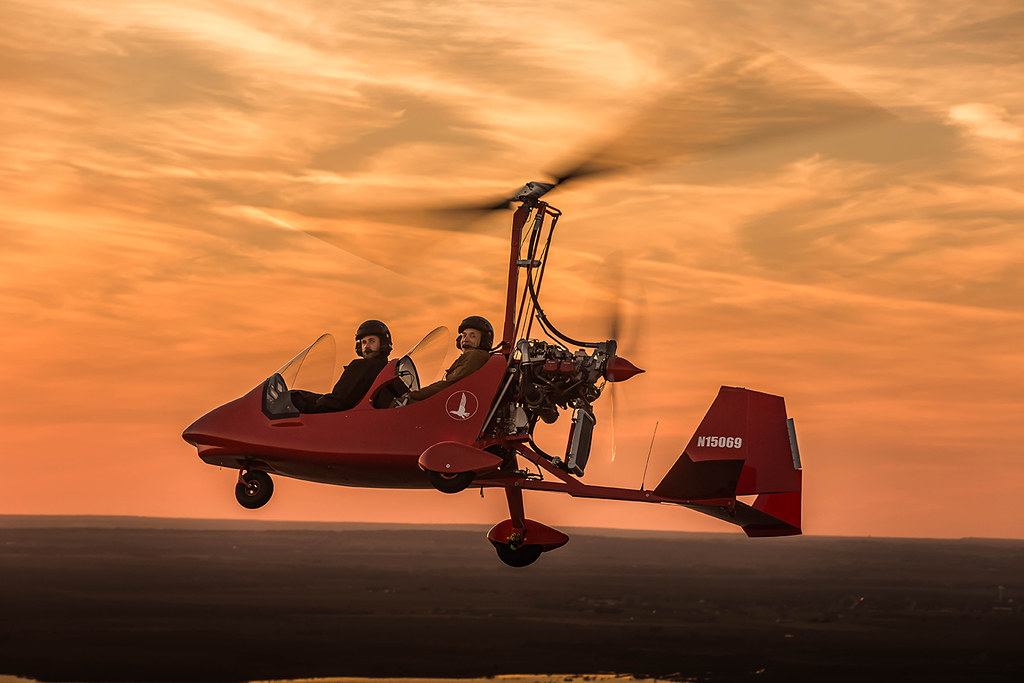lurkerLuke
Pre-Flight
- Joined
- Nov 3, 2016
- Messages
- 38
- Display Name
Display name:
Doug
Another dumb question.
First off, sorry about my layman terminology.
Wondering about Gyrocopter/Gyroplane speed/useful weight and safety.
I know I can ask over on a rotary forum (Hey Vance!), want opinions from a different group.
Seems like some of the Gyros have same engine but not the speed or useful load of a Cessna 15x or 172, What limits the Gyro speed and useful weight compared to fixed wing?
Safety wise, I've seen the videos from www.sportcopter.com showing short takeoff and very short landing, think there is a link to engine out safety also.
Seems like the very short landing capability adds to safety, no?
Other than folks thinking they don't need instruction ( duh... ), seems like there are two big issues.
The rotor blades can slap and hit the propeller. Can't a bar be put over the prop to avoid this? Still not good but couldn't it be survivable?
The rotor disk can be put into a negative flow where the rotor blades cannot start again, turning into an unrecoverable situation. Oh crud at 4000' knowing you are going down with no hope.
Is there a reasonable way some sort of chute could be fitted to a Gyro, what with two different sets of blades spinning?
First off, sorry about my layman terminology.
Wondering about Gyrocopter/Gyroplane speed/useful weight and safety.
I know I can ask over on a rotary forum (Hey Vance!), want opinions from a different group.
Seems like some of the Gyros have same engine but not the speed or useful load of a Cessna 15x or 172, What limits the Gyro speed and useful weight compared to fixed wing?
Safety wise, I've seen the videos from www.sportcopter.com showing short takeoff and very short landing, think there is a link to engine out safety also.
Seems like the very short landing capability adds to safety, no?
Other than folks thinking they don't need instruction ( duh... ), seems like there are two big issues.
The rotor blades can slap and hit the propeller. Can't a bar be put over the prop to avoid this? Still not good but couldn't it be survivable?
The rotor disk can be put into a negative flow where the rotor blades cannot start again, turning into an unrecoverable situation. Oh crud at 4000' knowing you are going down with no hope.
Is there a reasonable way some sort of chute could be fitted to a Gyro, what with two different sets of blades spinning?





